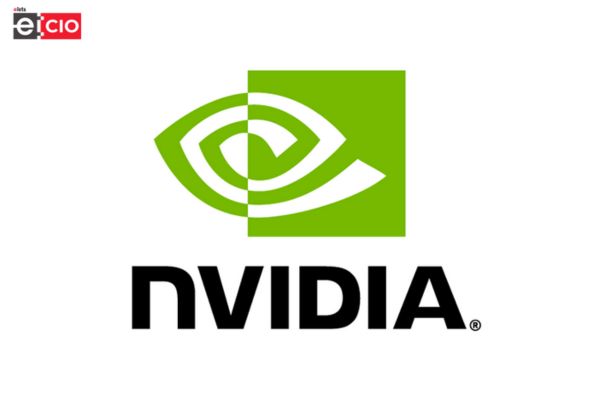
NVIDIA has launched DreamGen, an innovative engine designed to revolutionize robot training by using synthetic video data, eliminating the traditional reliance on extensive fleets of human-supervised robots. This cutting-edge technology enables robots to acquire new skills through simulated experiences rather than physical trials.
At the heart of DreamGen is a mechanism that generates vast quantities of neural trajectories—highly realistic robot videos paired with labeled motor actions. These are used to train robotic systems on complex tasks and varied environments without deploying them in the real world.

The DreamGen system leverages fine-tuned video generative AI models tailored to specific robots. By feeding these models language-based instructions, DreamGen can simulate task scenarios, derive pseudo-action data, and build expansive training datasets. These datasets are then used to train robots to perform tasks they’ve never physically practiced.

Jim Fan, co-lead of the GR00T & GEAR Lab at NVIDIA, described the engine as allowing robots “to dream inside a video generative model,” generating an immense volume of simulated experiences that enable generalization to unfamiliar objects, actions, and settings. The system has successfully taught a humanoid robot to execute 22 new behaviors—including actions like pouring, folding, and hammering—without any direct hands-on training.

DreamGen has also achieved notable success in zero-to-one generalization, reaching 43% task success rates on unfamiliar challenges and 28% in previously unseen environments, a remarkable feat in robot learning.
Also Read :- Apple set to open AI capabilities to developers at WWDC 2025
Unlike conventional graphics engines, DreamGen’s backbone—a diffusion neural network—can seamlessly handle complex real-world physics, such as fluid motion and object deformation, purely through simulated training.
Joel Jang, a research scientist at NVIDIA’s GEAR Lab, emphasized the system’s efficiency. Traditionally, robot training requires deploying machines in varied real-world environments, often demanding significant human labour. DreamGen simplifies this with a streamlined four-step pipeline, replacing physical trials with synthetic “dreams” that allow for scalable, autonomous learning.
The development, which spanned eight months, involved collaboration between NVIDIA’s GEAR Lab, the Cosmos Team, and the University of Washington. To further support the robotics research community, NVIDIA also introduced DreamGen Bench, a new benchmark for evaluating video-based models without the need for physical robots.
DreamGen represents a transformative leap toward scalable, low-cost, and high-diversity robot training, reshaping how machines learn and adapt in a digital-first world.
Be a part of Elets Collaborative Initiatives. Join Us for Upcoming Events and explore business opportunities. Like us on Facebook , connect with us on LinkedIn and follow us on Twitter.
"Exciting news! Elets technomedia is now on WhatsApp Channels Subscribe today by clicking the link and stay updated with the latest insights!" Click here!












